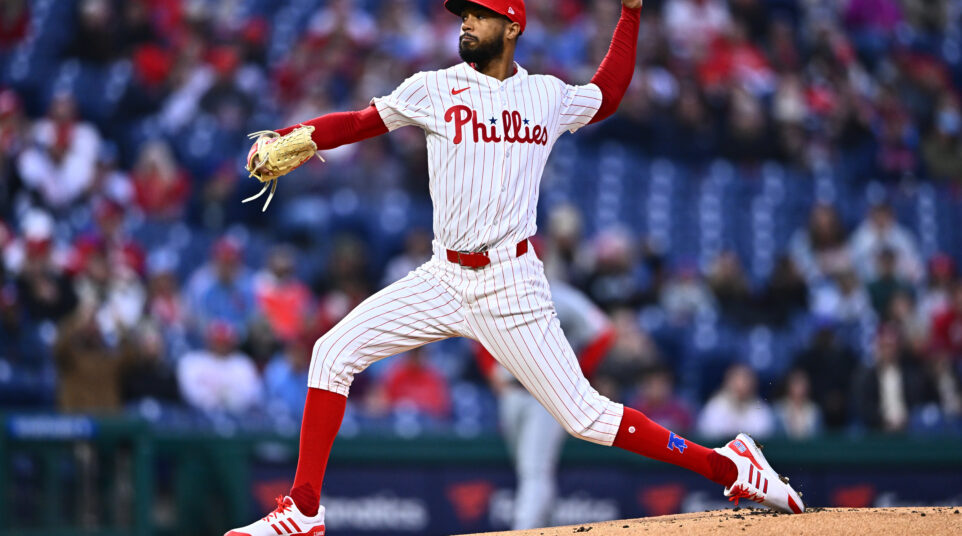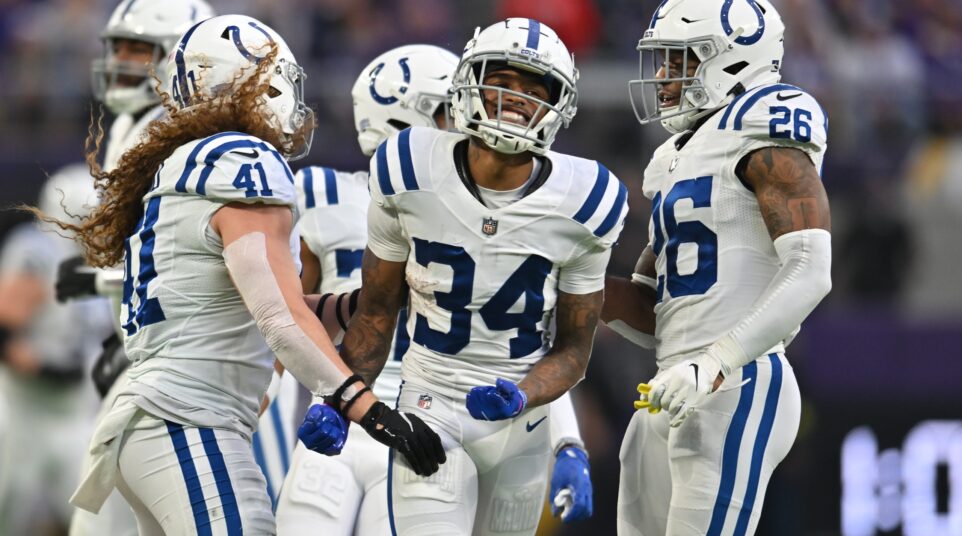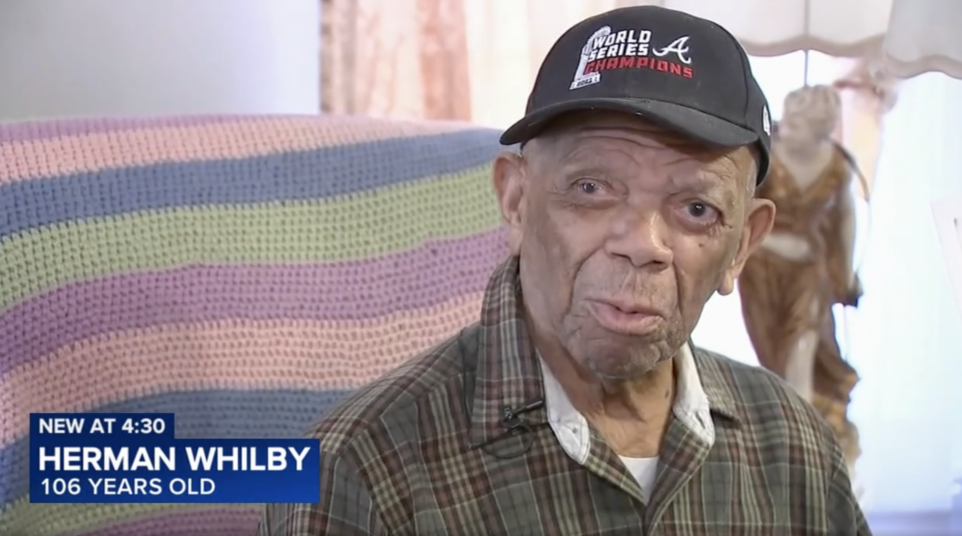
Sixers Draft Prospects: Mikal Bridges, Miles Bridges, Jevon Carter
I wanted to roll out a preview series for the NBA draft but didn’t think it made sense to do 30 different stories for 30 different players.
Nor would it make sense to preview Luka Doncic or Mo Bamba or DeAndre Ayton or any of the top-five types who certainly won’t be on the board when the Sixers pick at 10, 26, 38, 39, 56, or 60.
So I thought it might be better to go two or three guys at a time, maybe look at a couple who could be available in the first round, then throw in a second-round sleeper type who might be a “value pick” later in the draft, as Mike Mayock would say.
Following that format, let’s start it off with the clubhouse leader and sentimental favorite:
Mikal Bridges (Villanova)
I wrote a bit about the Villanova guard/forward back in April.
There’s a lot to like. The Great Valley alum is a two-time national champion, a proven winner who has been a key component for an elite program.
He’s 6’7″, a versatile athlete with a 7’2″ wingspan. Bridges really is an excellent defender, a Robert Covington type on the wing who does a lot of different things defensively in that Swiss-army knife fashion that Brett Brown and the Sixers value highly. The main difference between Covington and Bridges is probably size, as Covington has about two inches and 5-10 pounds on the soon-to-be NBA rookie. You saw Cov switch onto both shooting guards and power forwards last season but some scouts wonder if Bridges has the frame to be able to slide down on a 6’10” 4-man. On the flip side, he might operate a little better in 1v1 situations and keep quicker guys in front of him at the point of attack more effectively than Cov does.
In the clip below, he easily switches two dribble hand-offs then blocks the shot when the opponent tries to drive the rim:
That’s exactly what Brown is looking for from his perimeter defenders.
It’s similar on a play like this, where he just fluidly steps over a screen, slides with a center, cuts off a drive, then slides back to the arc again:
It’s just really smooth stuff, and it was fun to watch when he was on his game.
Offensively, Bridges shot an excellent 51.4% this season and hit three pointers at a 43.5% mark, though his overall FG% was actually down a bit from the season prior, where he went 54.9% overall but only hit at 39.5% from three. He took on a much bigger role in the Villanova offense this season, which isn’t what he’ll be required to do in the NBA. He’ll be a ‘three and D’ guy, asked to defend and catch and shoot and knock down some open looks, which will definitely come in a high-tempo Sixers type of offense.
He would get plenty looks like this if he played alongside T.J. McConnell:
Point guard under the rim, Bridges slides on the perimeter and knocks down the open look. He’ll get those kick outs from Simmons driving or McConnell mashing, very similar to the type of catch and shoots Covington gets.
As far as weaknesses, he’s not really the tightest dribbler out there. Some of his drives are loose and he would just use his greater athleticism to punk lesser college players. He won’t be able to cheat that in the NBA. And he doesn’t put up a ton of assists, but I’m not sure you’d expect him to. I don’t think his shot diversity is very expansive and he’s not going to dribble and pull-up at a high percentage, but again, you won’t need him to. His NBA role is going to be 3 and D with a high ceiling to evolve into a more well-rounded player.
Miles Bridges (Michigan State)
The other Bridges is a 6’6″ tweener from Michigan State. He’s not really a shooting guard but he’s not really a small forward either.
The good thing is that it doesn’t really matter in the modern day NBA, where positionless basketball is the norm. Look no further than the Golden State Warriors, or your Sixers, who feature a 7’2″ three-point shooting center and 6’10” point guard with limited range.
Like Mikal, this Bridges is a two-way wing with athleticism, it just comes in a different form. Miles is about 6’6″, 230 pounds and it comes with a ton of explosiveness. Jae Crowder has a similar build, as did Shawn Marion. I’ve heard comparisons of all sorts, that Bridges is a more athletic P.J. Tucker, he’s Tobias Harris or Draymond Green or what Josh Smith could have/should have been.
He averaged 17/7/3 this past season at MSU on these shooting numbers:
Mikal is the better pure shooter of the two and played three years of college ball, but Miles is younger and a little stockier and really does a nice job of getting to the rim. His highlight-reel is littered with two-footed takeoffs, some nice moves against defensive mismatches, and some thirsty rebounding for a wing who mostly played as a 4 in college:
Looking through the “weaknesses” half of that video, it seems like Bridges settles for some bad shots and takes some tough jumpers when he doesn’t have to. There are some of those aforementioned mismatches where he could use his athleticism to work smaller players, but I saw some unnecessary three pointers and a lack of ability to push into the post or beat down smaller guys. He has some decent vision but can get wild with passes and turn the ball over. It doesn’t look like he has much of a mid-range game, which is fine, because it’s the same thing as Mikal – he’s really not going to be asked to do that at the next level.
Defensively, he does a lot of great things on the perimeter. It’s weird, he sort of reminds me a bit of Justin Anderson, just the way he’s built and the fact that he’s left handed. He moves his feet, slides, switches, and contests a lot of shots.
This video is in French, but you don’t need to speak the language to appreciate it. Just click play and let it roll:
Combing through draft reports and social media and looking for comparisons between the two players, it feels to me like people see Miles Bridges as the more explosive player with room to improve offensively, while Mikal Bridges has the higher floor right now. I’d honestly say that both have a relatively high ceiling, but I think there are fewer question marks with with the translation of Mikal’s game to the NBA level. Specific to Philly, If Mikal is getting the Covington/Otto Porter/Tony Snell comparisons, that feels like it’s more compatible with what the Sixers are doing. Miles going #9 to New York would be interesting with David Fizdale running the show up there this year.
Bottom line, I don’t think you can go wrong with either Bridges if they’re available at #10 overall.
Jevon Carter (West Virginia)
Here’s the thing; Jevon isn’t first-round talent and the Sixers are set at point guard with Ben Simmons, T.J. McConnell, and whatever Markelle Fultz becomes. So why would I waste time talking about him?
Well, having watched Carter for four years at West Virginia, he really is the prototypical Brett Brown and Philly type of guy. He plays ferocious perimeter defense and regularly locked horns with the best Big 12 scorers, guys like Trae Young and Devonte’ Graham.
The thing with WVU players is that they come out of college with a typically narrow skill set because of Bob Huggins’ highly-specialized system. Full court press doesn’t translate to the NBA, right? Nobody presses in the NBA. Similarly, you could be the best 1-3-1 rim protector in America, but no NBA team is playing 1-3-1 zone. And because Huggins’ system is defense-first with a deep rotation, the development of polished offensive players really is not a thing in Morgantown, not since the last wave of John Beilein recruits came through.
Still, the Sixers value defense first, so Carter comes into the NBA as an incredibly experienced 1v1 guy, one of the best in the country. That’s the base. Then you can work with 17.3 points per game on 42.2% shooting a 39.3 mark from three:
Those raw numbers are probably good enough to develop a second-unit shooting guard. One of Marco Belinelli’s issues was that he couldn’t defend a lick in the postseason. And there’s no guarantee that he comes back, right? So who scores points for the second team? Does Anderson or Timothe Luwawu-Cabarrot take a step forward? Furkan Korkmaz? If you have T.J. McConnell running the second team point, with Carter at the two and one of the Bridges at the 3 in a smallish type of look (or Covington if he loses his starting job), then I think you could do much, much worse. That backcourt combination of McConnell/Carter is defensively ferocious and infinitely coachable.
I think Fran Fraschilla is pretty on-point with this write-up, which compares Carter to Patrick Beverly and notes that his ball-handling skills need work and that he is not necessarily an explosive offensive player:
Jevon Carter: Coaching staff will love this guy’s energy/attitude. Started to “rise” in win vs. Missouri. “Rose” higher on Jan.6th vs.Oklahoma. Looks like he’s still “rising.” pic.twitter.com/NdcyVhZ8eG
— Fran Fraschilla (@franfraschilla) May 22, 2018
I’ve seen Carter all over the place in different mocks, one that had him as high as 32. Most people see him as a late second-rounder. I don’t know if he’d be there at 56, but players have completely fallen off the draft board plenty of times before.





